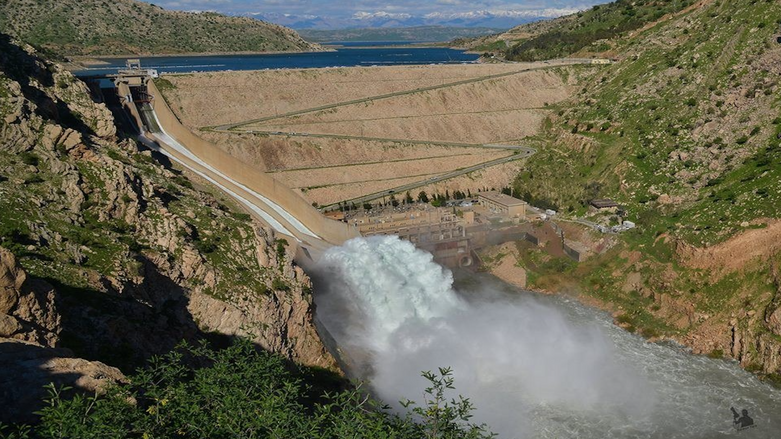Derbendikhan, a city of two rivers

Derbendikhan, a town in Suliamani province, stands out as an ecologically unique area of the Kurdistan Region of Iraq. It borders Diyala Province and is 83 kilometers (52 miles) from Halabja.
Derbendikhan is surrounded by a great deal of wildlife and natural settings, including several mountains, known to locals as Baranan, Bashari, Zmnako, and Zawali.
The town is known for its eponymous dam, which generates a large freshwater reservoir and produces electricity.

Where does the water come from?
According to local ecologists, two historical rivers, Tanjero in the north and Sirwan in the east, feed the dam. Sirwan River is 445 km long, flowing from Zagros Mountain Range in Sina in Iranian Kurdistan, entering Kurdistan from Hawraman and then going through Kalar, Baqouba, and Derbendikhan cities. Then it flows into the Tigris River in southern Baghdad.
"Tenjero and Sirwan are the main sources of life in Derbendikhan," said Aziz Khidir, a local ecologist. "Besides humans, numerous distinct species vital to the ecosystem depend on both rivers."
The area is home to over 50 distinct species of birds. The lake also boasts 26 species of fish and 125 species of plants, according to Khidir.
"Derbendikhan Lake is home to the Eurasian Otter, Golden Jackals, and Eurasian Lynx," he added. "And sometimes one can find endangered species like Egyptian Vultures or Persian Leopards."

Several unique sites attract thousands of visitors from around the world. These sites include Derbendikhan Lake, Dam, Sartaki Bamo, Tuni Baba, and Derbendi Bilolh Sculpture.
"The most captivating feature of the Derbendi Bilolh is a carving dating back 2,100 BC," said Riza Dlemi, a tourist from Baghdad."This drives me crazy!" he went on to exclaim.
The carving features a victorious man with two captives before him, one is kneeling and the other is under his victors' foot. To the right of the relief are ancient Akkadian cuneiform inscriptions written over four columns. The Akkadian Empire was an ancient Semitic empire that spread from Mesopotamia through the Levant to part of Iran.
On the base of Bamo Mountain is Sartak, east of Derbendikhan, 15 km (9 miles) from Sulaimani. Locally, it is called Sartaki Bamo, a naturally beautiful area where tourists visit mostly in spring and summer. Due to its high altitude, the summer months are known to be cooler.
"On the top of Bamo Mountain are remains of an ancient town, called Yazdan Kurd, which was inhabited by Yezidi people," said Khidir.
The local ecologist also noted that there has been a growing interest in the ecology and geology of this area in the last several years.
"Researchers have written many papers on this area," he said. "If all the landmines are removed from this area, which were lain during the Iraq-Iran war in 1980-88, there will be even more academic interest."
Tuni Baba is another natural wonder in the south of Derbendikhan.
"A long and winding path was carved into the rock by wind and sea long ago," Khidir explained. "Researchers believe that the ancient nomadic civilizations used this path on their migrations."
This small and lengthy valley contains water. One can also spot ruins of ancient civilizations.
